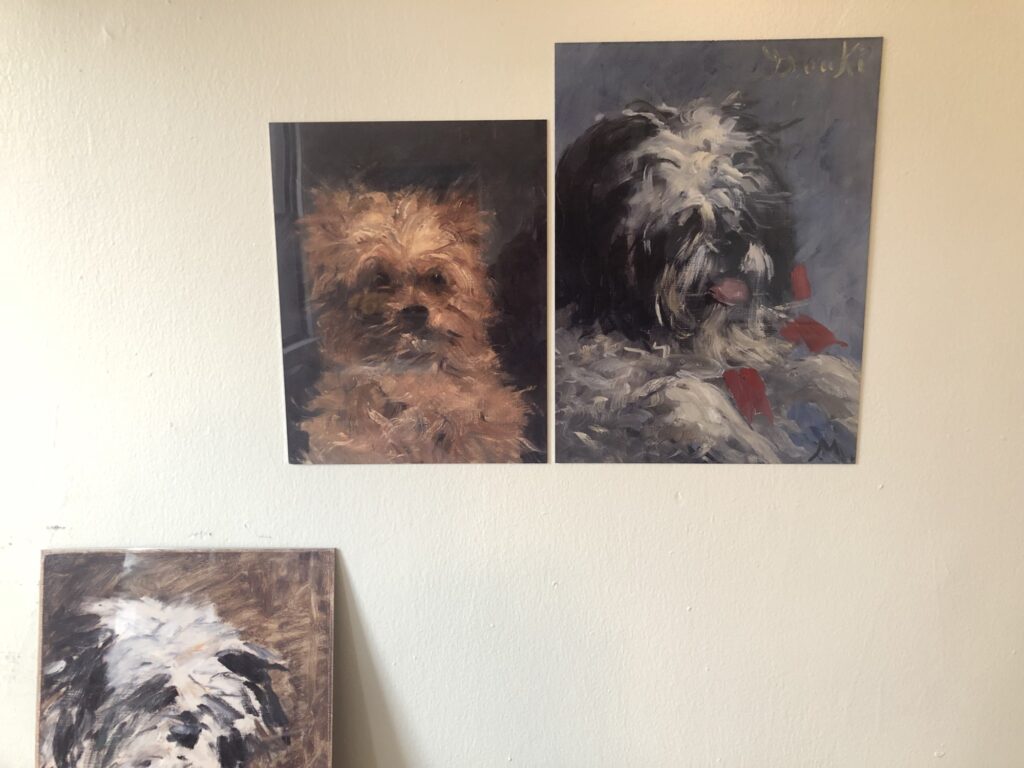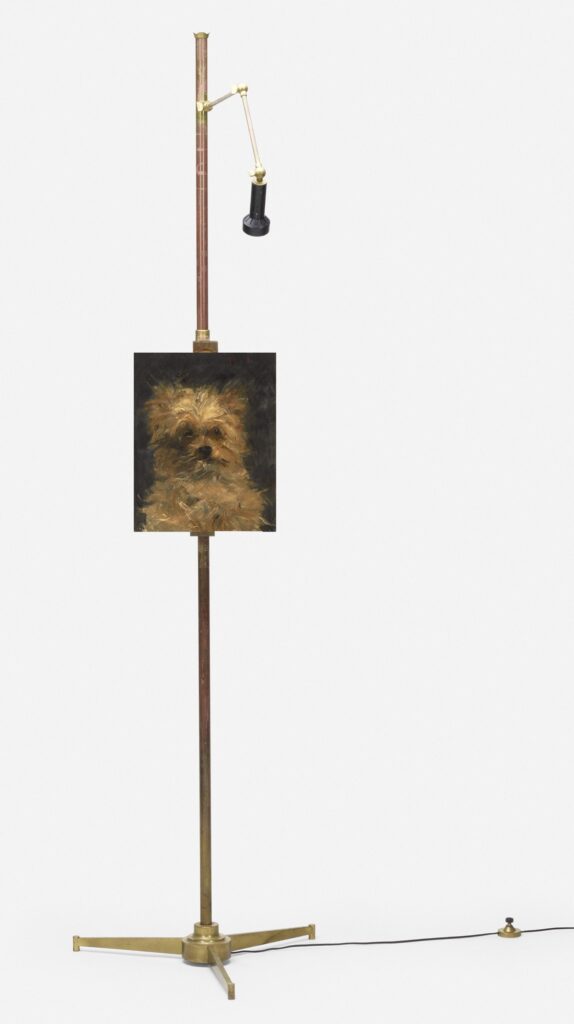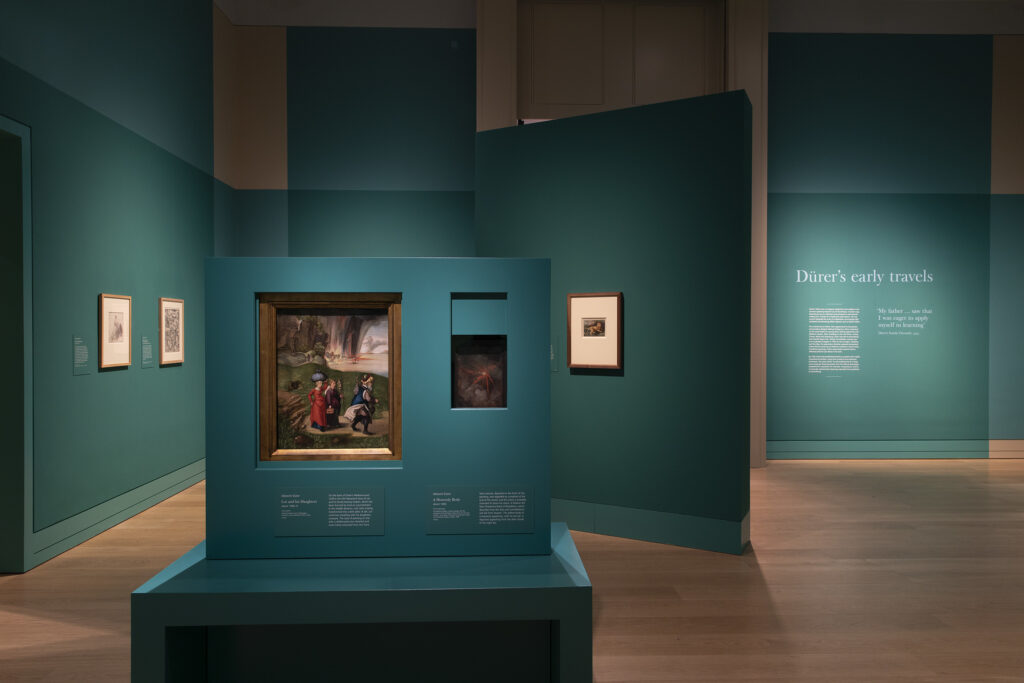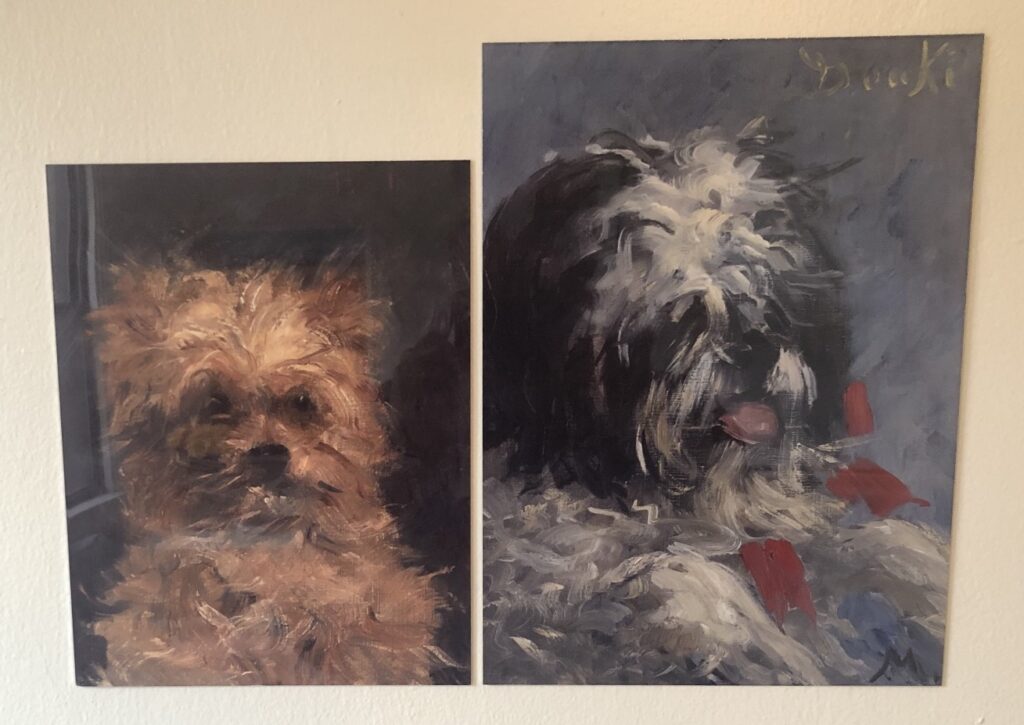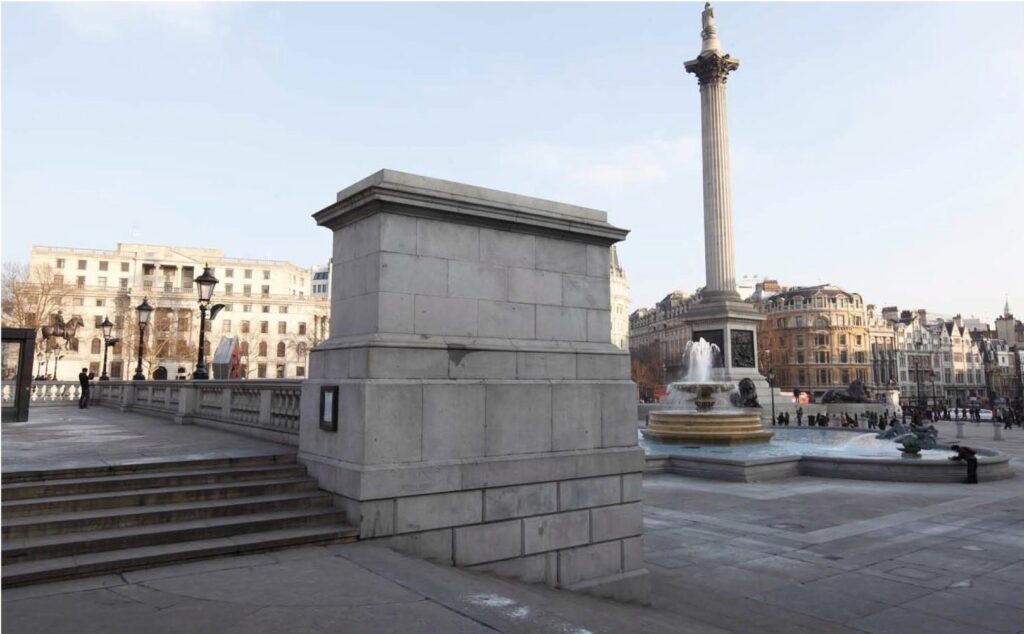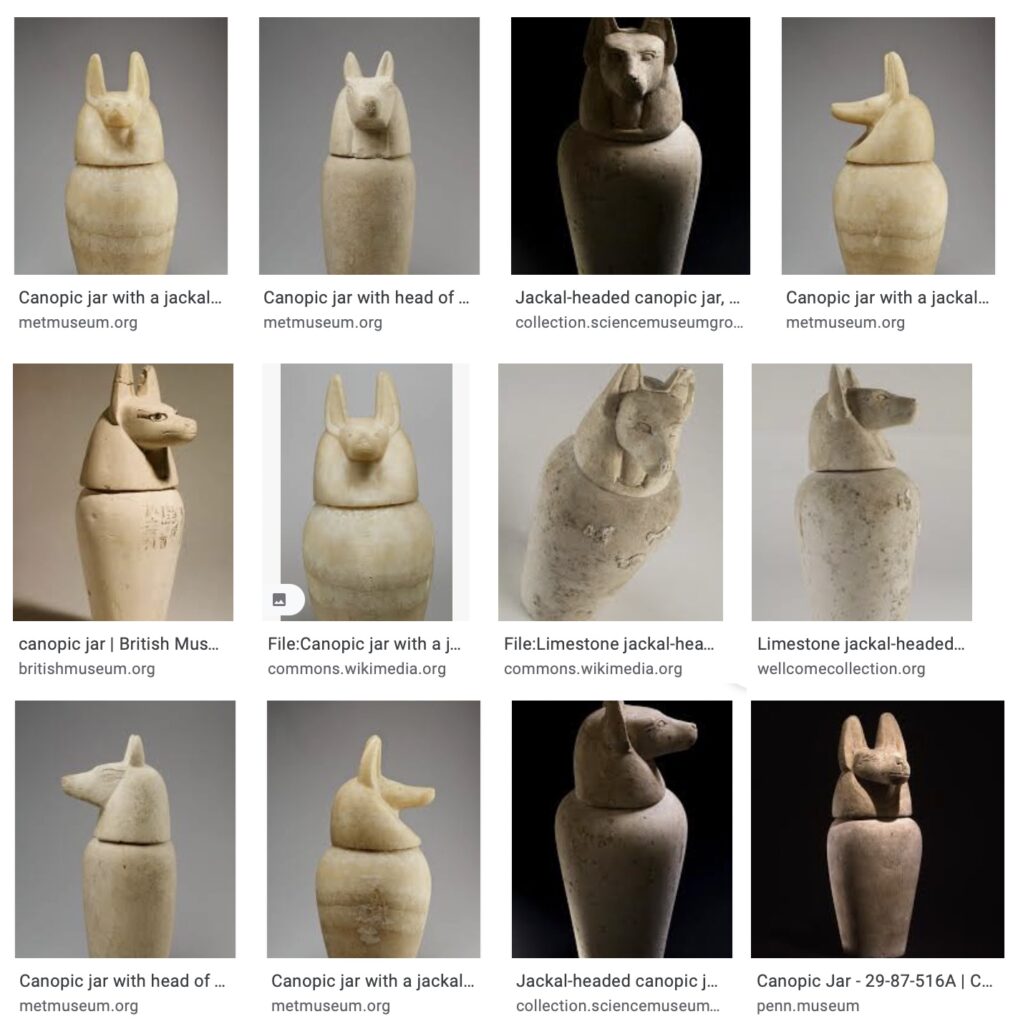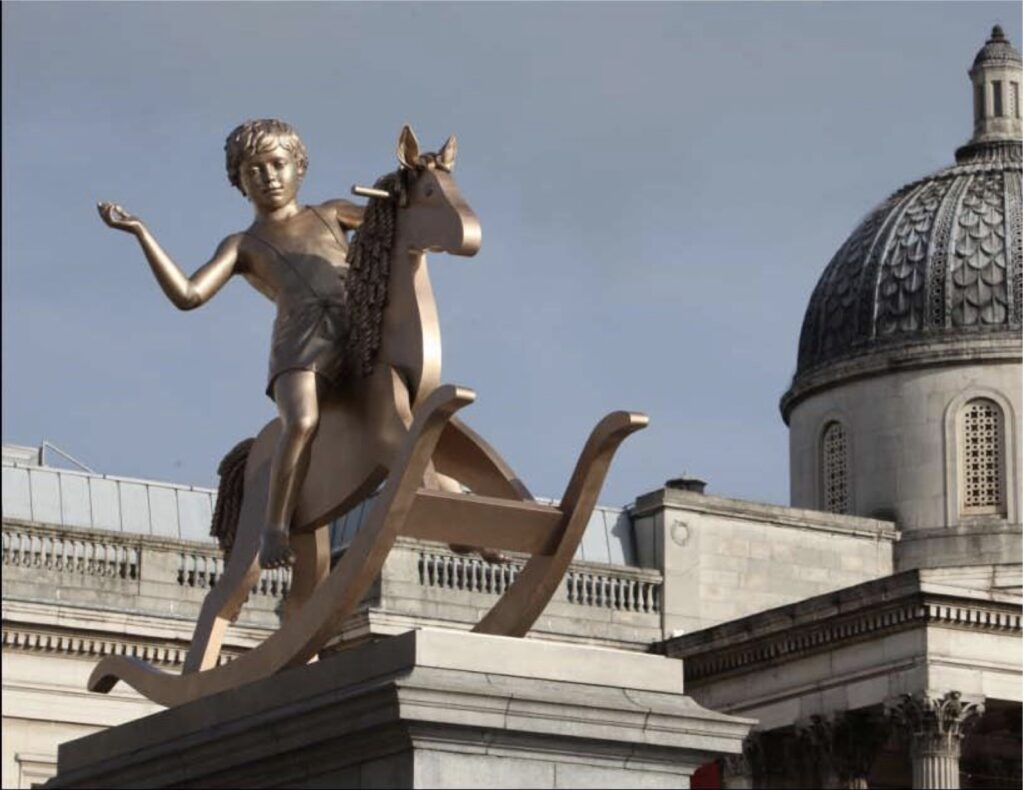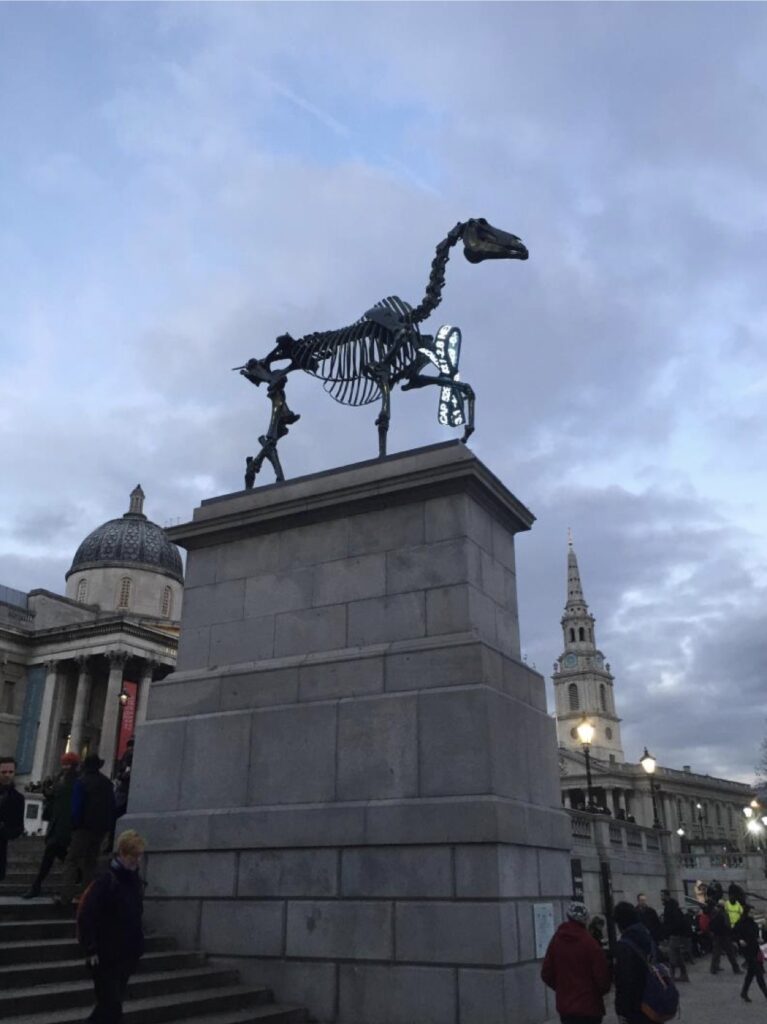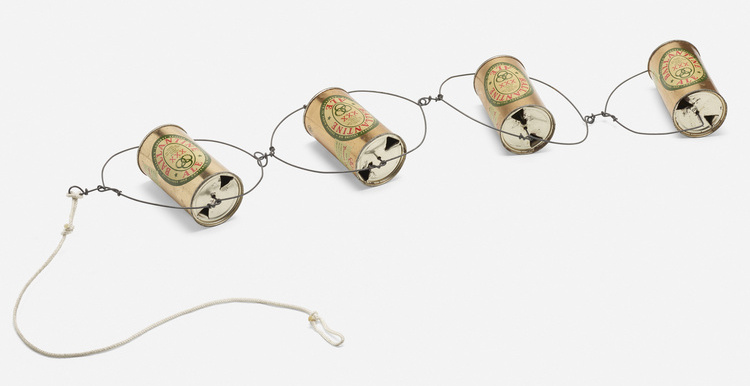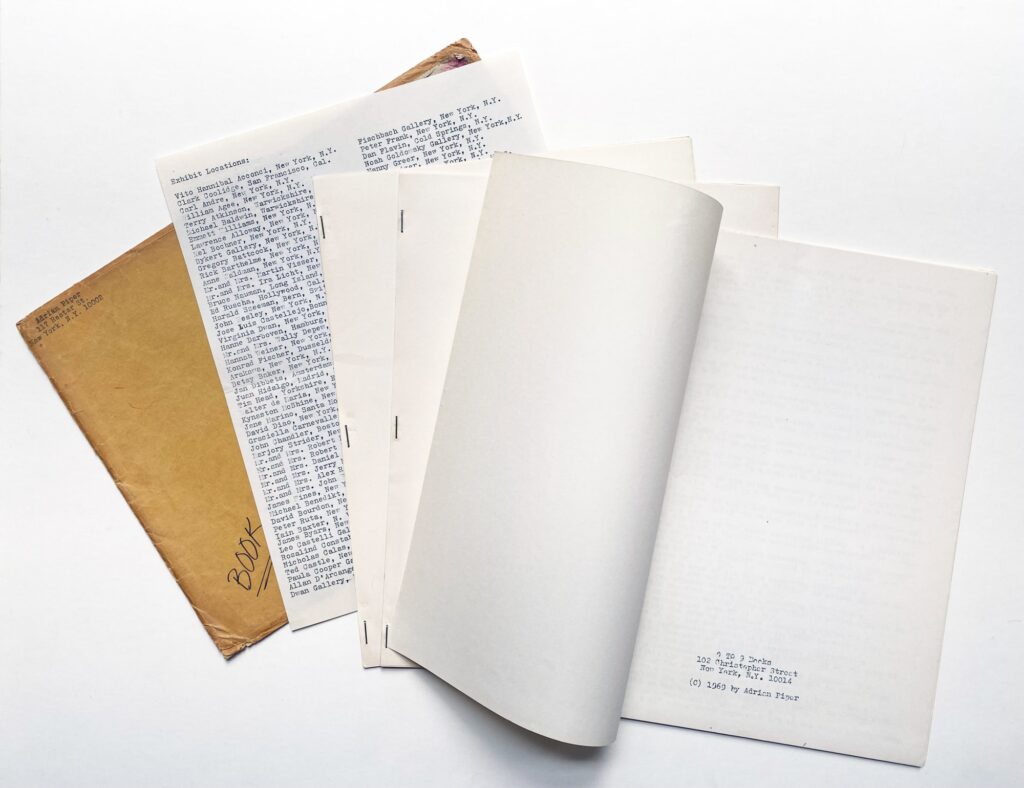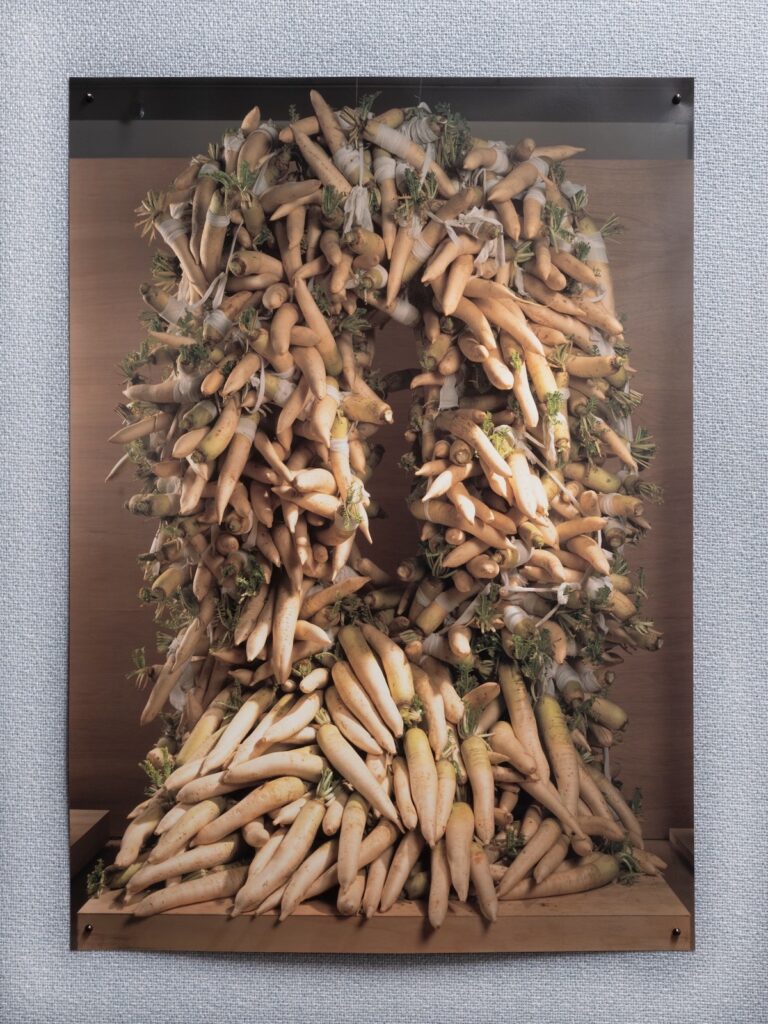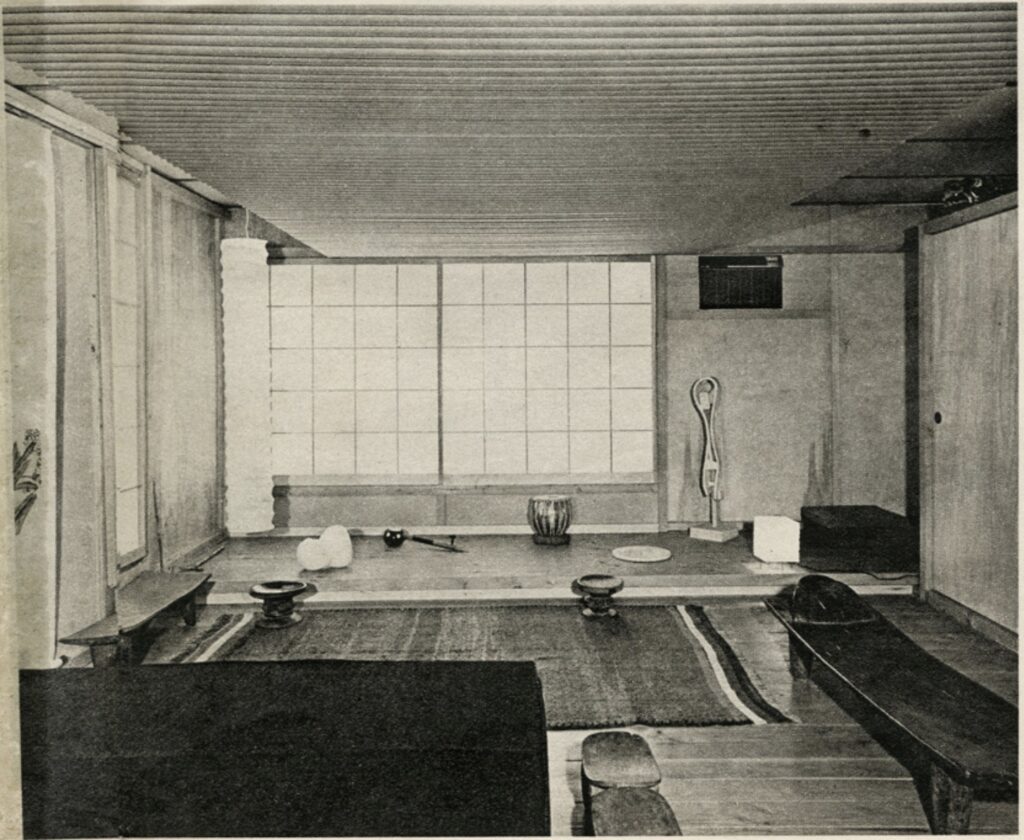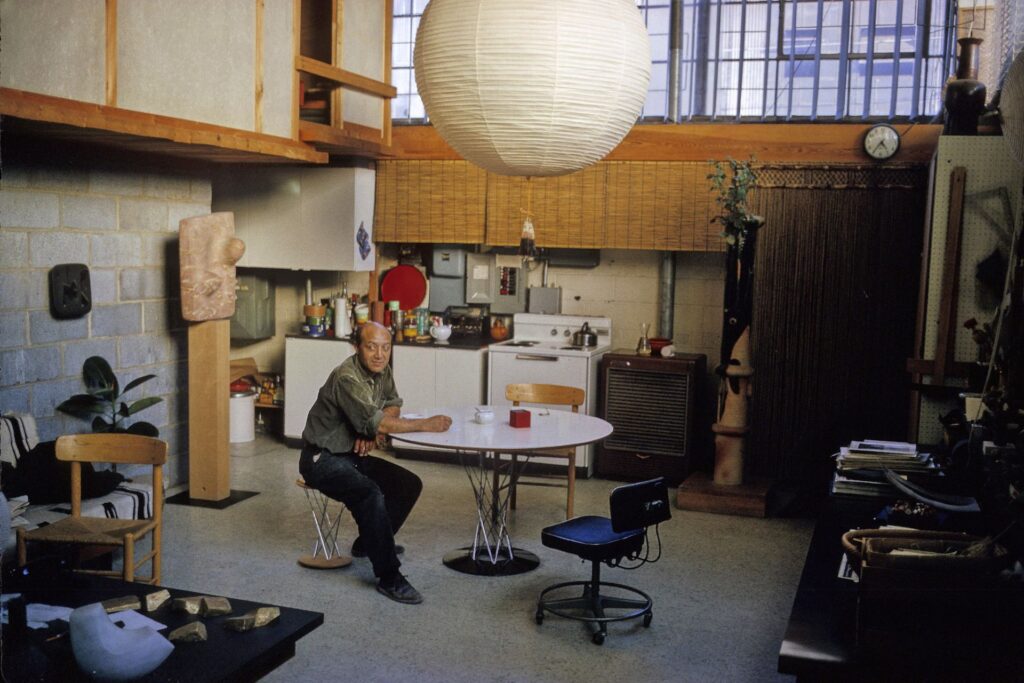A couple of weeks ago the folks at ARTnews asked me to cover the hearing at the Supreme Court of the first major fair use case to reach that corrupted body in almost 30 years. The Warhol Foundation–which, as the sidebar notes, had once, in collaboration with Creative Time, given me an Art Writers Grant–had pre-emptively sued for fair use of a photo of Prince taken by Lynn Goldsmith.
Somewhat surprisingly, at least to the Warhol folks, Goldsmith won on appeal, and the case now could threaten the entire Warholian project. [Though frankly, since he actually sewed up the rights to the images he screenprinted after the Flowers settlement, Warhol’s project is probably pretty safe, it’s actually the entirety of the pre-existing content re-using creative world that’s at risk.]
The article is there, go read it, I was psyched and fascinated to go, even if this country hasn’t seen a Supreme Court this problematic since Dred Scott. [And it only got worse since the Warhol Foundation started its lawsuit.]
But the point is, I was there, in person, in the press box, sitting behind Nina Totenberg, when Clarence Thomas made a hypothetical about being a Prince fan in the 80s, which caused laughter to break the enforced silence of the gallery. And I was there when his seatmate, Justice Sotomayor, asked, “but no longer?” which brought more laughter. To which Thomas replied, after a beat, “Only on Thursday nights.” Which brought even more laughter. This is, I was informed by reporters on the SCOTUS beat, very much NOT how things normally go.
So this LLOL anecdote led the breaking news coverage of the hearing. It was the first excerpt published by C-SPAN when they uploaded the archived audio feed. And it was the opening anecdote of the in-depth analysis that just dropped in the New York Review of Books. Except the role of Thomas’s straight man was credited to Justice Elena Kagan. At first I thought this was the NYRB’s error, but the official preliminary transcript of the hearing says the same thing:
JUSTICE THOMAS: The — let’s say that I’m both a Prince fan, which I was in the ’80s, and —
(Laughter.)
JUSTICE KAGAN: No longer? (Laughter.)
JUSTICE THOMAS: Well — (Laughter.)
JUSTICE THOMAS: — so only onThursday night. (Laughter.)
Warhol v. Goldsmith, 21-869, p.42
What to do? I have emailed the Supreme Court with this correction, but it is unexpectedly unsettling. I was 100% certain of my experience in that room, but I have begun to doubt myself. Sotomayor’s head was turned away from me towards Thomas, seated on her left, when she made the comment. Which she did, right? They had the interaction amidst the shocked laughter, not Kagan calling out from five seats away?
I did not include this portion of the questioning in my report, though I did reference the substance of Thomas’s rather bombastic challenge to the Warhol Foundation’s lawyer. Thomas is credibly accused of sexual harassment by multiple former co-workers, though only one was called to testify in his confirmation hearing. In a moment of journalistic folly, I actually emailed her to ask if she had any recollection of Thomas being a Prince fan, since her years working alongside Thomas at his government job coincided almost exactly with the release of 1999, and she had left before Purple Rain. I emailed a few minutes later apologizing and telling her to ignore my request.
Anyway, also, Thomas’s wife is documented as a leading organizer of a coordinated attempt to overturn a fair election and seize control of the government, and he is actively ruling on this crisis in which he is fully implicated to both further it and to shield her from any consequence. And he is facilitating an entire cascade of ideologically driven extremist rulings by an illegitimately seated court majority. He’s a clear and present danger to the republic who I did not feel inclined to normalize by highlighting his standup routine.
And here I sit, trying to correct the record of one of the least consequential moments of the hearing, and the Court. Except that it is also perfectly illustrative of the unaccountable comfort and ease Thomas feels as he goes about his business of seizing power.


